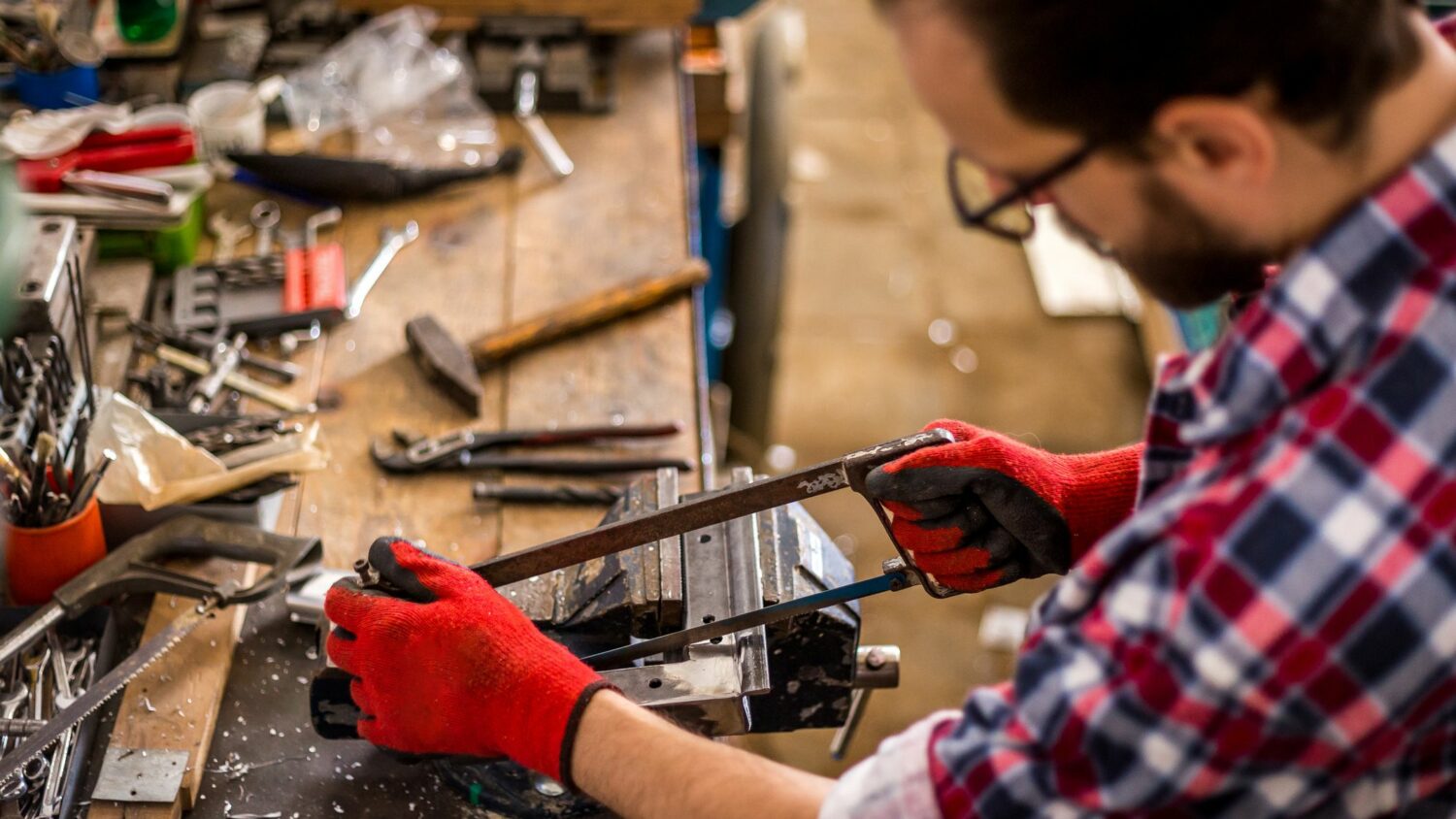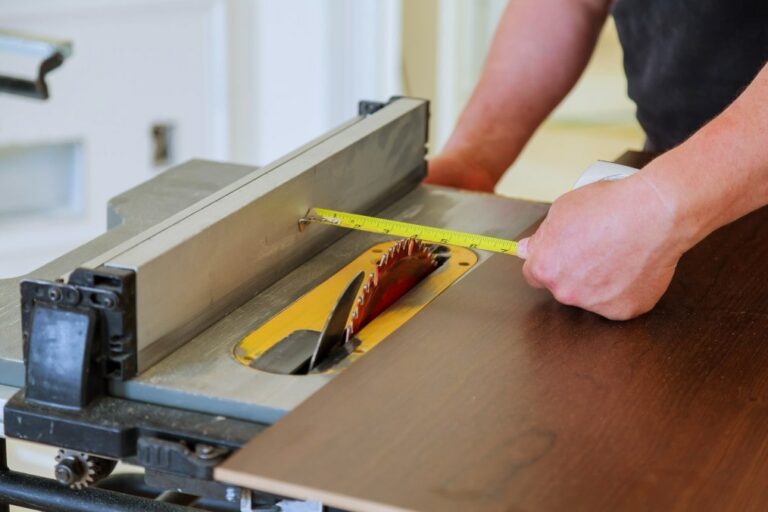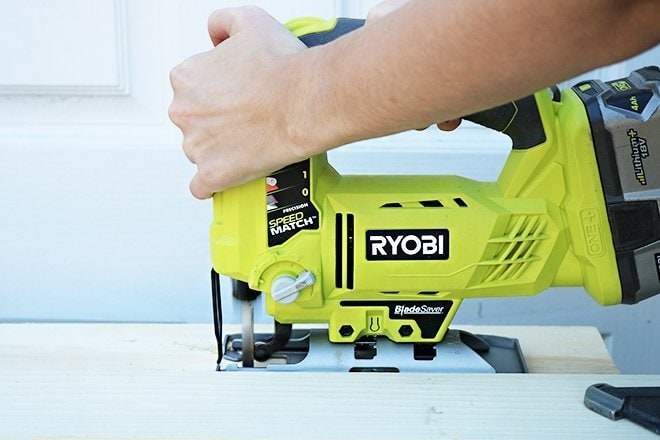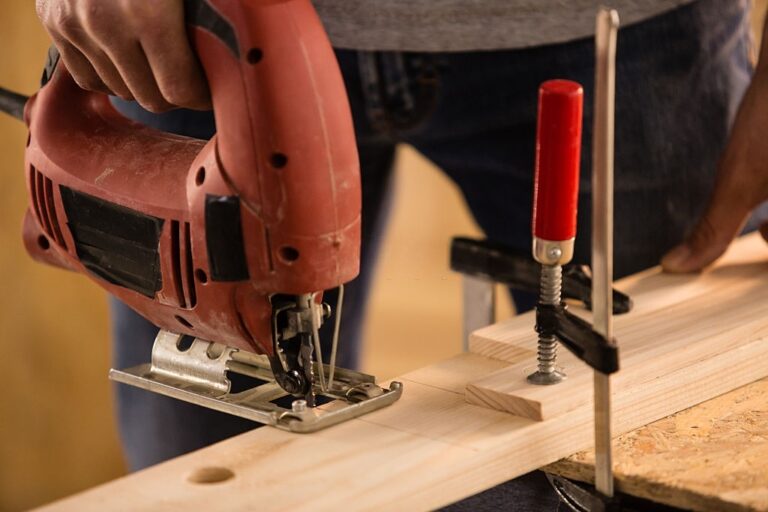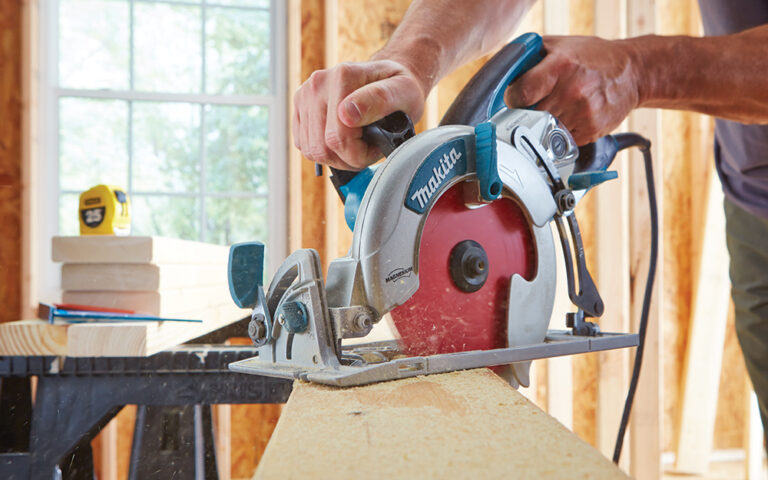There is no denying that plastic has been the most versatile material for craftsmanship for ages. With each passing decade, an evolutionary growth in hard plastic has been observed for DIYers, further accounting for the highly adaptable nature plastic offers.
Hard Plastic needs delicate and careful handling as it is pretty sensitive. It might be surprising to read it for the first time, but cutting hard plastic is relatively much more complex than cutting wood. Well, theoretically, you can cut hard plastic in hundreds of ways; but the results you might get will be as disappointing as a badly-dealt workpiece.
It is in abundance all around us. PVC pipes, the body of an RC Car, or even an acrylic sheet. With as delicate material as plastic, it is a cakewalk to end up with highly messy plastic leftover in the name of cuts. It’s pretty tough to cut hard plastic without breaking it. Not to make a total mess on your workpiece, we will be covering the very few efficient ways and techniques you can implement to cut hard plastic with precision!
Using a Saw
With a mechanically sound tool like a saw, it’s recommended to cut hard plastic with a saw since it delivers the best results with much less time and effort. Let it be a thick sheet or a flat sheet; saws are incredibly effective while dealing with hard plastic without breaking them. Mainly, you can get any of the following three types of saws to get the job done; you will get satisfactory results with all of them.
How to Cut Plastic Using a Hacksaw
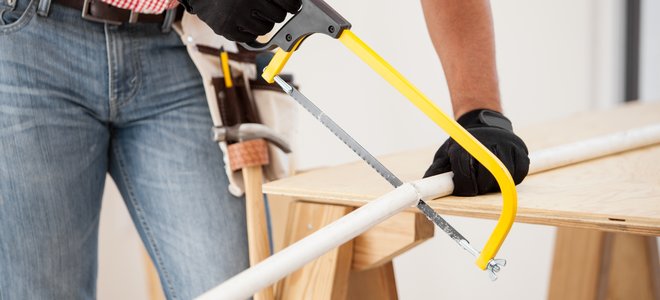
Starting with a hacksaw could be tough to get the hang of, but it will seem like the easiest tool to cut hard plastic with a bit of practice. Here’s how you will get started with just a hacksaw and cutting blade:
- Secure the workpiece with clamps, tapes, or a saw vise if available.
- Firmly hold the hacksaw handle with your dominant hand, and hold onto the other end with your other hand to head the saw in the proper direction.
- Make a few cuts onto the plastic workpiece delicately. Make sure you are gentle here.
- Keep moving the hacksaw towards your desired line of thought; you can cut the plastic however you want!
How to Cut Plastic Using a Circular Saw
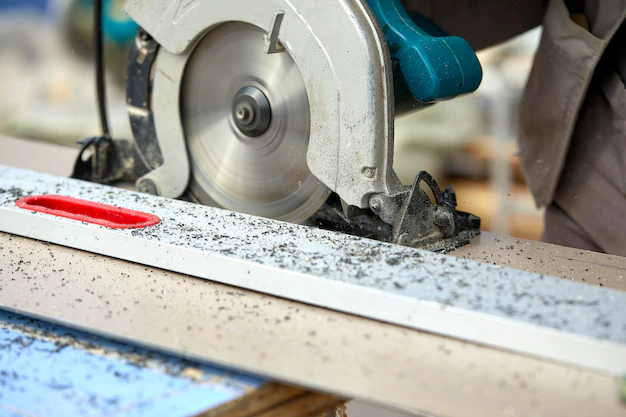
When dealing with thicker plastic, a circular saw is a powerful machine you could use to get things done! Here are the things you need to keep in mind while getting started with a circular saw:
- Choose a good blade; we recommend you go with a blade TPI count of over 70 to ensure a good cut and smooth edges. Also, sometimes the heat caused due to friction between the blade and thick plastic can melt down the edges, so preferably use a coated blade.
- Don’t remove (if any) protective film off the plastic till you are done with the cuts.
- Make sure not to stop for more than a few seconds while making the cuts. Letting the circular saw intact can melt the plastic.
How to Cut Plastic Using a Jigsaw
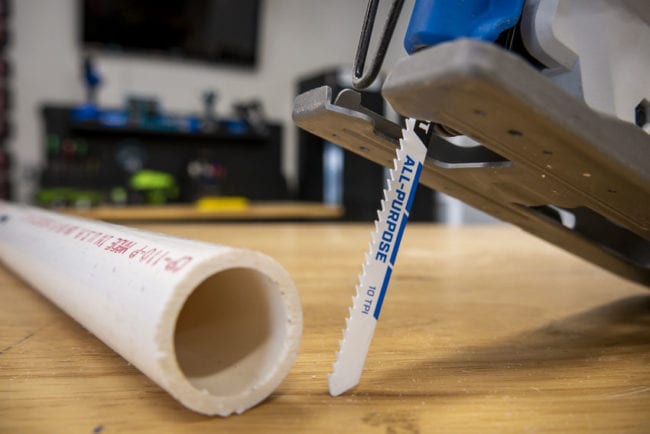
When you need to make curves on heavy-duty hard plastic material, a jigsaw is much preferred for the job than the other two discussed earlier. For detailings, a jigsaw is perfect for the task. Here are the things you need to keep in mind before getting started:
- Use a proper plastic-cutting decent blade. Density TPI of 13 and above will work fine.
- Make sure that the length of the blade you use is a little longer than the thickness of the plastic you want to cut.
- Operate the jigsaw at lower speed settings to prevent the melting of the plastic.
- Move forward with delicacy; making intricate cuts needs patience. You can start by moving forward in a straight line and then advancing to curves later.
Check out the best jigsaw reviews for 2022 to compare and find a suitable jigsaw for your budget.
Using a Drill
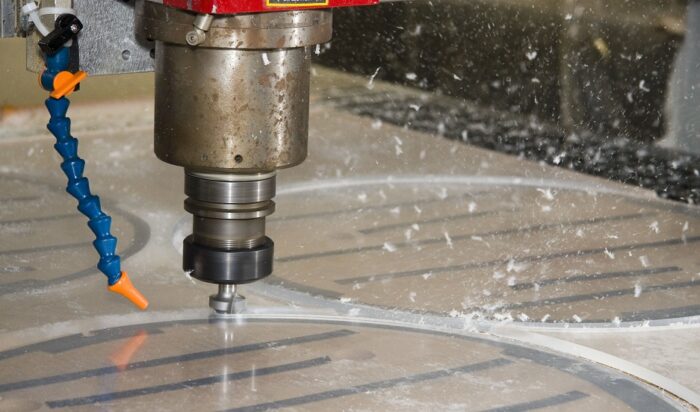
Using a drilling machine to cut hard plastic is an excellent choice. Cutting plastic with a drill is relatively straightforward to get the hang of for a newbie. The methodology could be lengthy, but a drilling machine delivers significant cuts if adequately done with patience.
The first step is, making holes on the plastic workpiece with a corded power drill. The holes should be in series, forming a line along the path you want to cut. The purpose of drilling holes is to minimize the chances of plastic breaking and to stabilize the workpiece. Here’s how you will cut hard plastic with a drill:
- Draw to a point with some marker where you want to cut the plastic.
- Operate the drill at a slower speed, with a diameter of around 1/8” or less.
- Drill a few holes at the line you’ve drawn.
- When you are done drilling the holes, use a sharp knife, a utility tool, or a saw to cut through along the lines. As holes are drilled closely, cutting with any tool will be much easier with jumping from one hole to the next. Make sure to sharpen your device.
Using a Slicing Thread
This is a very old-school yet effective method. Using a slicing thread to cut hard plastic is the cheapest method. All you need to get the job done is a polyester or a cotton thread. And most importantly, lots and lots of time and patience. Here’s how to get around plastic with a thread:
- Secure the workpiece with clamps, tapes, or a saw vise if possible. If you don’t have any of them, you can hold the plastic between your knees without pressuring much since that might break the workpiece.
- Take a clean and firm piece of thread; it should be around 55cms-60cms in length. Start gliding through the surface back and forth at the point where you want to start cutting the workpiece. After some time, you will see a groove on the plastic.
- Now, patiently start pulling the thread back and forth along the groove you see; with loads of time doing the same thing, you will end up with significant cuts!
Few Tips for Cutting Hard Plastic Without Breaking It
Here are some essential tips that’ll help you cut through plastic using any of the methods we’ve mentioned:
- If you deal with thin plastic of about 3/8” and a little above that, you can surely get the job done with a hook knife without breaking the plastic.
- Do not use too much pressure. No matter what tool you use, pressuring more than required can always break the plastic. When clamping, make sure it stays intact and doesn’t displace at all.
- Be patient, and go slow. Even if you are not making intricate cuts, cutting through plastic requires delicacy. Start cutting the plastic with steady and calm hands.
- Draw a line. Just draw the lines making the whole surface you want to cut traceable. Going freehand will primarily result in bad cuts unless you are a professional.
- Make sure to wear gloves and safety glasses, especially while using a saw. Things can backfire anytime, and you might end up with something much more severe than a bad worked-up plastic workpiece.
Final Words
Cutting through hard plastic without breaking it could be a little tricky at first. However, with the right amount of patience and effort, you will surely get your hands much more comfortable cutting through plastic after a little practice using the methods we’ve listed above.
Don’t be disappointed with a few bad results. In the beginning, the learning curve is supposed to start from the low. Irrespective of the tool you use, be extremely patient and focused while making the cuts. That’s a piece of advice, when not followed, can result in disappointing results with any right tool. Above all, enjoy the process!
Similar Guides:
- What Is Rip Capacity On A Table Saw? - September 21, 2022
- Reciprocating Saw vs Jigsaw – Which Tool Should You Buy? - April 15, 2022
- Dewalt DWS779 vs DWS780 – Which One Should You Pick? - April 4, 2022

